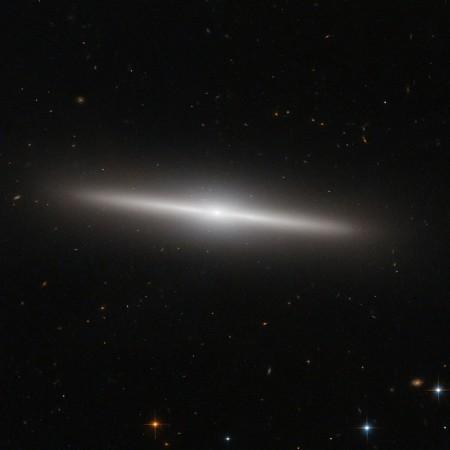
The past one week has been an exciting period in space exploration, bringing humans the closest they ever got towards finding an alien life form in outer solar system.
The Jupiter-orbiting moon Ganymede has become the latest one to join the list of satellites in the solar system with sub-surface water.
Scientists estimate that the ocean discovered on Ganymede is 100km thick, 10 times deeper than Earth's oceans, and is buried under a 150km crust of mostly ice. Based on recent scientific discoveries, it is plausible to assume that an extra-terrestrial life form on Ganymede is a near possibility.
"It is one step further toward finding that habitable, water-rich environment in our solar system," Reuters quoted astronomer Heidi Hammel with the Washington-based Association of Universities for Research in Astronomy as saying.
Earlier on Wednesday, scientists probing the Saturn's moon Enceladus finally confirmed the presence of at least over 100 hot springs beneath its icy crust. An alien life form in Enceladus is even a stronger possibility as new evidence suggest the presence of an energy source, which is a crucial component necessary for life.
Despite the satellite being too far from the Sun for the photosynthesis, a new study published in Nature claims that scientists have proof that hydrothermal activity is occurring on Enceladus' ocean floor.
According to NASA, a hydrothermal activity occurs when seawater infiltrates and reacts with a rocky crust and emerges as a heated, mineral-laden solution, a natural occurrence in Earth's oceans.
And since there have been several instances on Earth where life forms have evolved to feed off the chemical energy released in similar seafloor environments, it is plausible that in similar manner, life could have evolved on Enceladus as well.
The recent discoveries on Saturn and Jupiter are important considering the results of the explorations on Ross Ice Shelf, a slab of glacial ice the size of France that floats off the coastline of Antarctica.
Back in January, stunned researchers in Antarctica found fish and other aquatic animals beneath a 740m thick roof of ice. And it is this same discovery that led scientists to believe that an alien life form could very well exist even on similar unfriendly environs of Saturn and Jupiter.













